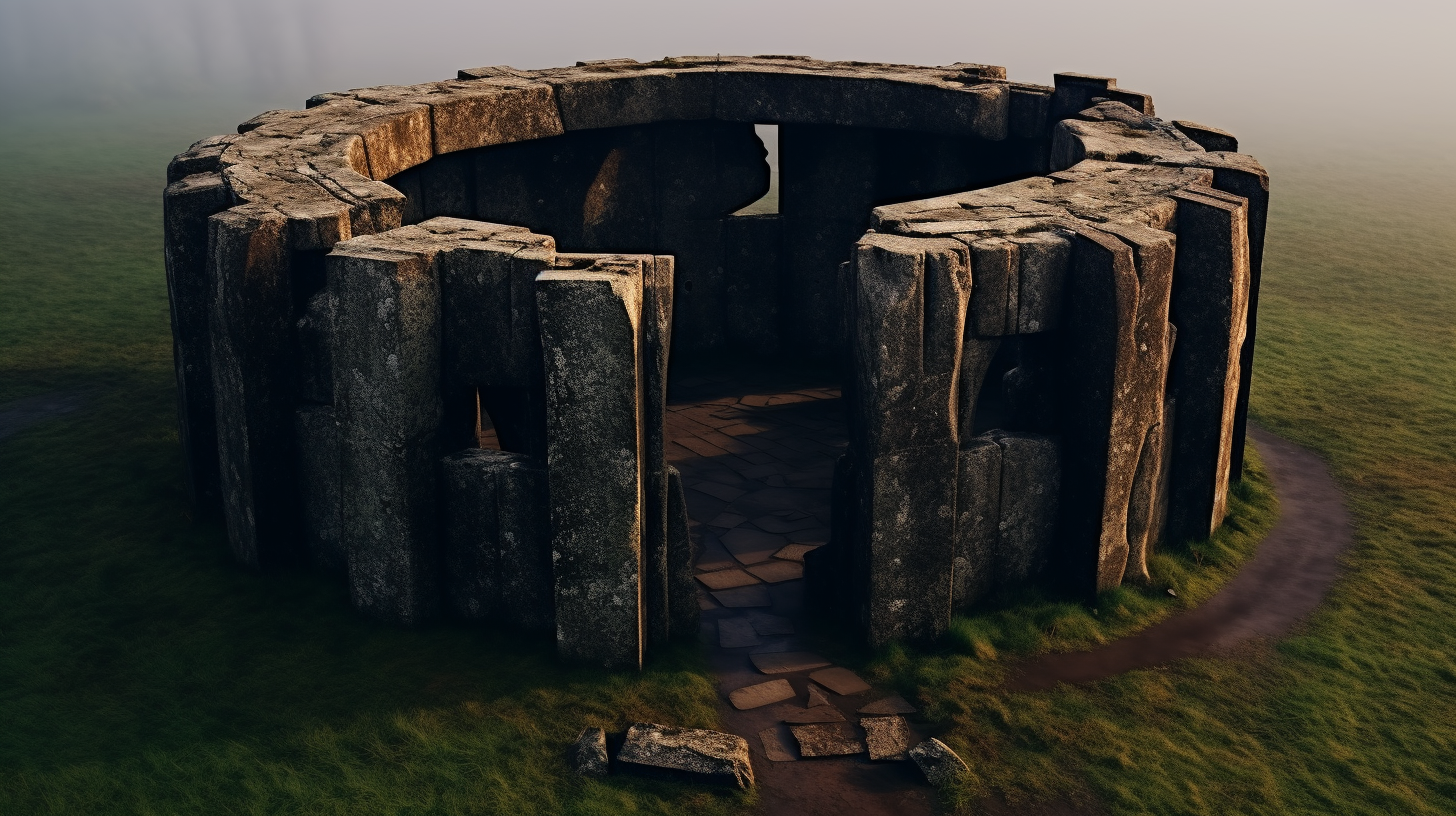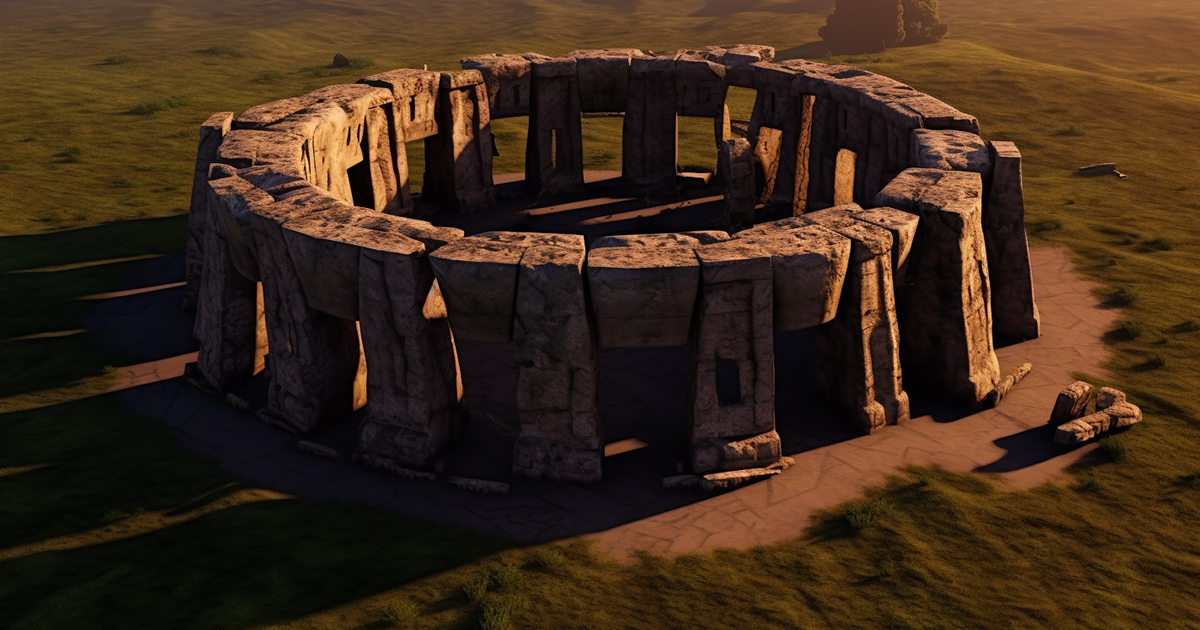Unveiling a Puzzle from the Past
Exploring the enigmatic remnants of ancient eras always sparks curiosity. From the immense stone monuments of Stonehenge to the intricate Nazca Lines in desert landscapes, our world is filled with perplexing sites challenging historical narratives. Among these enigmas is Arkaim, a colossal fortress nestled in Russia’s Ural Mountains. Often referred to as “Russia’s Stonehenge,” Arkaim guards secrets that continue to puzzle historians, archaeologists, and enthusiasts alike.
Intriguing Links to the Celestial Domain
At first glance, the grandeur and complexity of Arkaim are captivating. Delving into its origins reveals a deep connection between the skies above and Earth below. The significance of the name “Arkaim” is profound – “Arka” symbolizing the heavens and “im” representing the earthly realm. This suggests a meaningful fusion of the celestial and terrestrial. Could Arkaim have served as a meeting point where ancient societies bridged the earthly realm with the cosmic universe?

A Complex and Varied Enclosure
As each layer of Arkaim’s history unfolds, its true essence and importance come to light. Established around the same era as Stonehenge, Arkaim surpasses being just a fortress. It emerges as an observatory, a temple, and a hub of scientific exploration. The discovery in 1987 during water channel excavations unveiled a vast complex stretching about 500 feet wide. Towering walls, some as high as 20 feet, enclosed the structure, protecting its mysteries. The concentric circular formations within lead to a central temple complex, showcasing the meticulous planning and architectural finesse of its constructors.
An Unmatched Monumental Marvel
Contrasting Arkaim with Stonehenge elevates the former to a league of its own. The structures within Arkaim, impressive in their scale and precision, overshadow the iconic British monument. The precision in its construction leaves contemporary wonders amazed, drawing a clear line between the ancient and the modern. Arkaim stands as proof of the intelligence and resourcefulness of its builders, who utilized astronomy and geometry to create a lasting monument.
A Timeless Puzzle
The antiquity of Arkaim is astonishing, with estimates tracing back over 3,000 years. Like many ancient sites, its layout includes celestial alignments, reflecting the intricate patterns of Sanskrit mandalas. Beyond its architectural wonders, Arkaim’s mysteries deepen with the discovery of elongated skulls – a feature shared with other ancient civilizations. Nestled in a zone of magnetic anomalies where compasses act oddly, Arkaim seems destined to stand where cosmic energies converge.
Ancient Innovations or Extraterrestrial Involvement?
The allure of Arkaim surpasses earthly limits. The intriguing notion of extraterrestrial influence has sparked interest, fueled by reports of UFO sightings, strange lights, and unusual energy fluctuations. These occurrences evoke ideas of extraterrestrial links possibly shaping Arkaim’s purpose and fate. The presence of elongated skulls further fuels speculation – were Arkaim’s architects hybrids or emissaries from distant galaxies?
Video:
A Reflective Ending
As we approach unlocking the secrets of Arkaim, one thing remains certain – this Russian Stonehenge embodies humanity’s endless quest for knowledge and connections. Whether a sanctuary of the skies, an astronomical observatory, or a blend of diverse cultures, Arkaim beckons us to peer through time’s veil and contemplate the profound mysteries shaping our past. As we persist in exploring and deciphering the stories etched into its stones, we inch closer to unraveling the enigmatic wonder that is Arkaim, Russia’s extraordinary Stonehenge.
